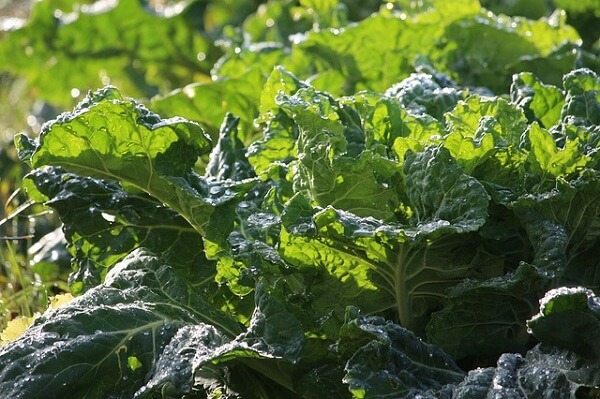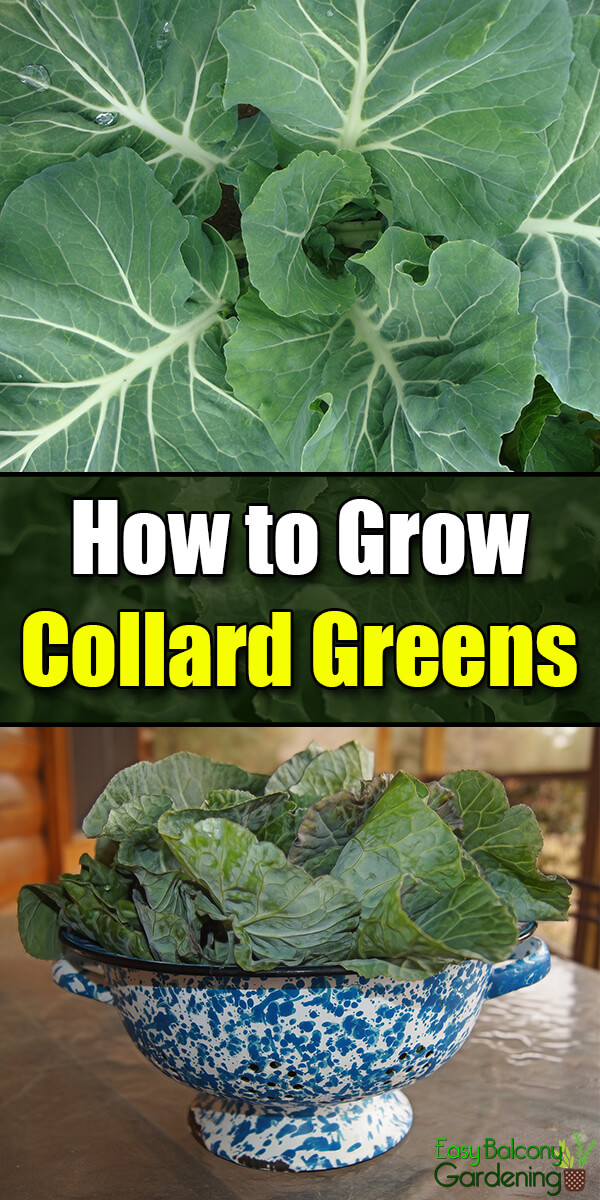Collard greens belong to the same Brassica grouping as cauliflower, kale, broccoli, cabbage, etc. All contain abundant levels of anti-cancer agents and antioxidants. They are also known as the cabbage plant. Unlike cabbages, however, they do not develop solid heads but have thick loose leaves that could reach up to two feet long and one-and-one-half feet wide. Although collar greens are grown for their edible leaves, they are also used as ornamental plants in many parts of the world. Collard greens are excellent plants for fall and winter gardening.
Some Recommended Collard Greens Varieties
Some common varieties grown are the Champion, Flash, Georgia, and Vates, each of which has differences in growing patterns, size, texture, and color. Most varieties take 55-75 days to maturity.
- Champion – Compact plant with dark green leaves; improved overwintering variety; braised with a little garlic and oil, a great complement to pork chops or ham.
- Flash – Early; large, dark green leaves; slow to boil
- Georgia – Large, open heads with dense blue-green leaves; heat-tolerant, good yield; great for freezing and cooking, slow to boil.
- Vates – Dark green long leaves; low growing; mild cabbage-like flavor; very slow to boil; good yield.
Cultivating Collard Greens
For an autumn harvest, plant the collard green seeds in mid summer. For a summer harvest, do it in early spring.
- Find a location with full sun and partial shade. The collard greens will appreciate some shade during hot summers. You will need rich, sandy loamy soil, with pH of 5.5 – 6.8. The roots of collard greens can grow as much as two feet down. In preparing the seed bed, work the soil thoroughly at least a foot deep. If you are not using a raised garden bed, raise your rows of soil to about eight inches and at least three feet in between rows.
- Scatter some 10-20-10 fertilizer on the planting rows, and work it with a garden rake into the top four or five inches of the soil. Sow the collard green seeds as evenly as you can on the top of the seed bed. Cover with about half an inch of soil.
- Drip irrigation is best for the seedbeds so as to keep the seeds in place. Although collard greens are like other Brassicas preferring regular irrigation, the collard greens are more tolerant to drought. Keep the soil moist during hot periods and you will be rewarded with abundant harvest.
- Germination is in about one to one-and-one-half weeks. When the seedlings are about two inches tall, thin the collard greens to about six inches apart. When the plant leaves start touching each other, thin to about eighteen inches, or one-and-one-half feet apart, The collard greens you thin out are edible .
- It is important that you weed the collard green beds regularly.
Regularly check the color of the collard greens. Once your collard greens start developing a pale color, you will need to apply more 10-20-10 fertilizer.








